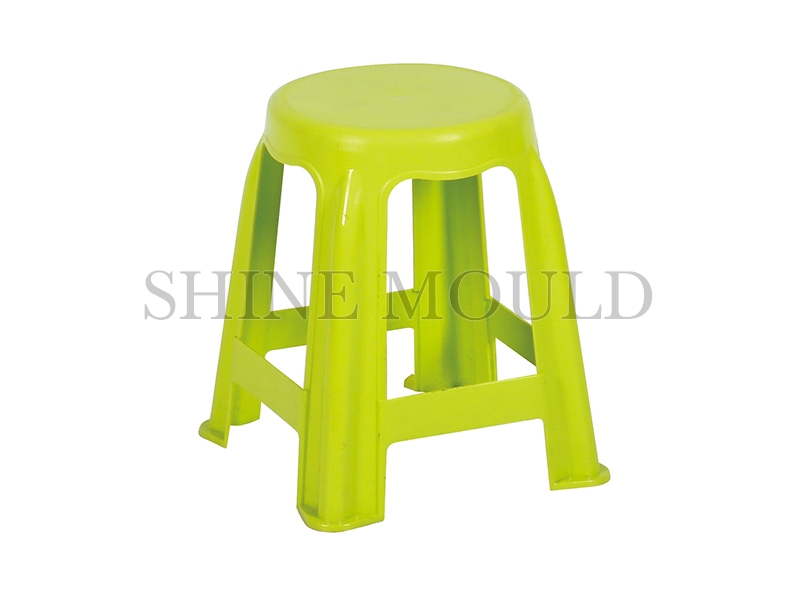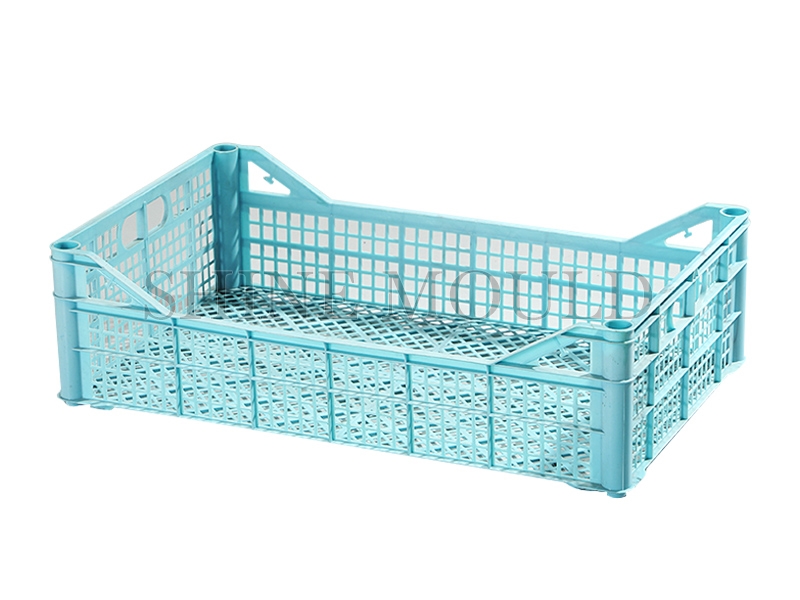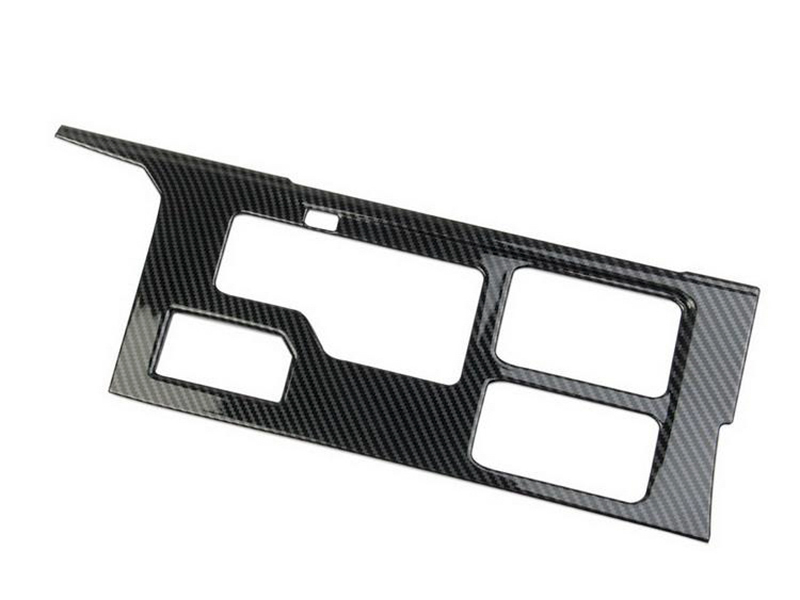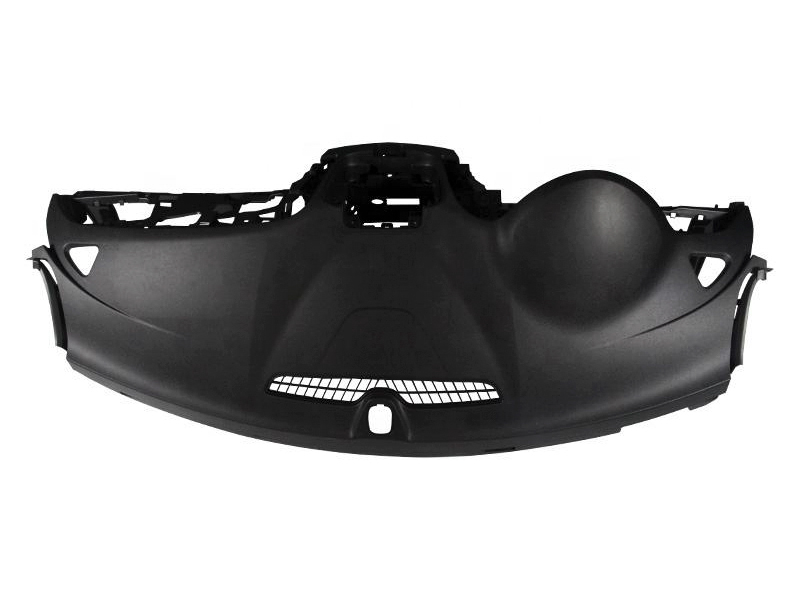Crafting Quality Evolution of Chair Mould Manufacturing
The development of chair moulds involves a meticulous process that combines precision engineering with innovative design.
1. Historical Perspective:
The history of chair mould manufacturing can be traced back to the Industrial Revolution when mass production techniques began to revolutionize various industries, including furniture manufacturing. Early chair moulds were often rudimentary, and the focus was primarily on streamlining production processes to meet the increasing demand for chairs in rapidly growing urban centres.
2. Precision Engineering and Design Innovation:
Modern chair mould manufacturing has evolved significantly, driven by advancements in precision engineering and design innovation. Computer-aided design (CAD) and computer-aided manufacturing (CAM) technologies play a pivotal role in the creation of intricate and precisely detailed chair moulds. These technologies enable manufacturers to design complex chair shapes with optimal structural integrity.
3. Materials and Durability:
The choice of materials in chair mould manufacturing is critical for ensuring the durability and longevity of the final product. High-quality metals, such as steel or aluminium, are commonly used for the moulds to withstand the pressures of repeated use and the injection moulding process. The durability of chair moulds directly impacts the quality and lifespan of the chairs produced.
4. Injection Molding Techniques:
Chair moulds are predominantly used in the injection moulding process, a highly efficient method for producing large quantities of chairs with consistent quality. This technique involves injecting molten material, typically plastic, into the mould cavity. The design intricacies of the chair mould determine the final form and features of the chair, making precision and accuracy paramount in the mould manufacturing process.
5. Ergonomics and Comfort:
The evolution of chair mould manufacturing has been influenced by a growing emphasis on ergonomics and user comfort. Modern chair designs prioritize ergonomic principles to ensure that chairs provide optimal support and comfort for users. Chair moulds are crafted with precision to capture the nuances of ergonomic design, resulting in chairs that are not only aesthetically pleasing but also conducive to health and well-being.
6. Customization and Design Flexibility:
Advancements in chair mould manufacturing have expanded the possibilities for customization and design flexibility. Manufacturers can now create chair moulds that accommodate a diverse range of design preferences, allowing for unique shapes, textures, and finishes. This flexibility enables the production of chairs that cater to different tastes and style preferences in the market.
7. Efficiency in Production:
Chair moulds contribute significantly to the efficiency of chair production processes. The ability to produce a large number of chairs in a relatively short period is crucial for meeting market demands. Well-designed chair moulds, coupled with advanced manufacturing techniques, enhance production efficiency, reducing lead times and ensuring timely delivery of furniture to consumers.
8. Sustainability Considerations:
In response to growing environmental awareness, chair mould manufacturing has started incorporating sustainability considerations. This includes the use of eco-friendly materials, optimizing production processes to minimize waste, and designing moulds that contribute to the recyclability of the final chairs. Sustainability in chair mould manufacturing reflects an industry-wide commitment to responsible practices.
9. Impact on the Furniture Industry:
The evolution of chair mould manufacturing has had a profound impact on the furniture industry. The ability to produce chairs efficiently and with high precision has democratized access to quality furniture. This impact extends across various sectors, from residential to commercial spaces, as businesses and consumers alike benefit from the diverse, well-designed chairs made possible by advanced chair mould manufacturing techniques.
In conclusion, the evolution of chair mould manufacturing reflects a journey from early industrial processes to the sophisticated, technology-driven methods employed today. Precision engineering, design innovation, materials selection, and a focus on ergonomics have collectively shaped the modern chair mould, influencing the quality, efficiency, and sustainability of the furniture industry.




 Search...
Search... English
English






.jpg)
